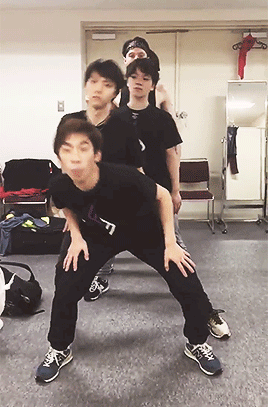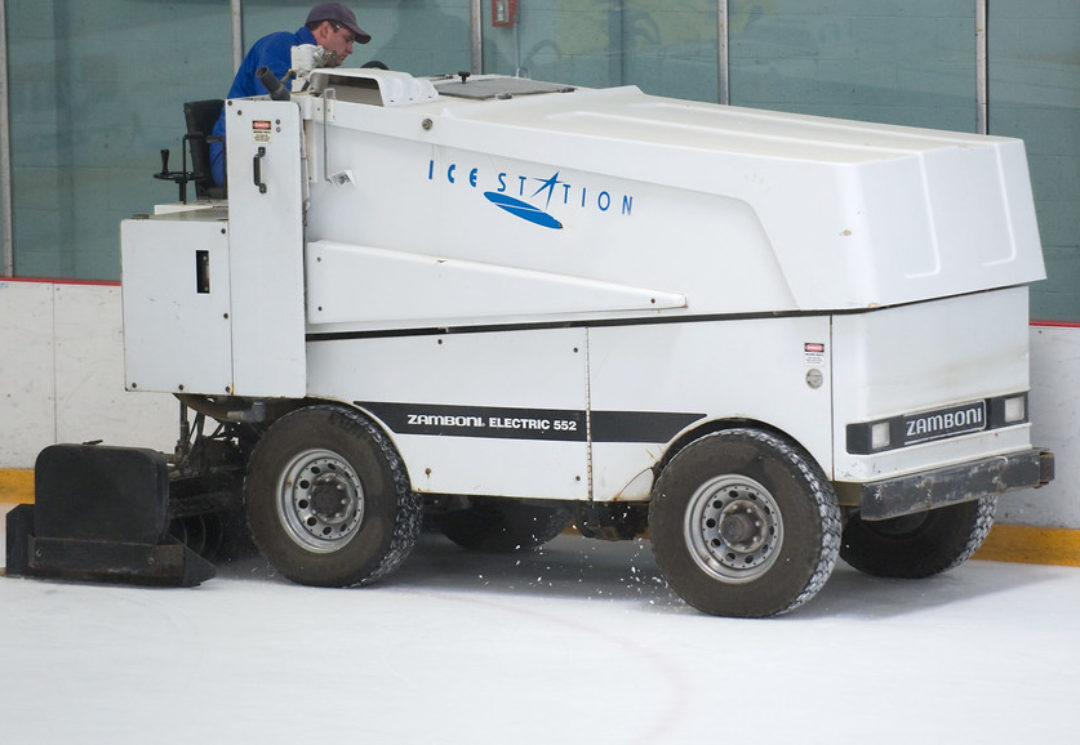
This blog went on hiatus while I plowed through an enormous pile of work and moved to my dream home, but I have emerged from hibernation. While I was gone, Jason Brown dropped the most deliciously fanboyish program music announcement in figure skating history. That got me back onto the skating side of YouTube, and I ended up watching several of the new competitive programs that athletes have been premiering at shows and club comps. As usual, a lot of the Japanese skaters are using their summer tours as an opportunity to work the bugs out of their new routines, and some are still too buggy to write about: Keiji Tanaka can’t get through his intriguing, bluesy free skate without falling all over himself, and Turandot looks several sizes too big for Marin Honda at this point. Meanwhile, the fan videos haven’t emerged from North American club competitions as readily as usual – I hear some events are cracking down – so we don’t get to preemptively judge the performances at events like the Chesapeake Open or the Broadmoor Open. But that still leaves me with several programs that I just can’t wait any longer to write about.
The program I’ve been itching to write about for the longest time is Shoma Uno’s new short program, which he’s been workshopping as a show number for the past month. Uno is the kind of brazen daredevil who not only attempts quadruple flips in a dark rink with no boards, but lands them. It’s a smart strategy: those jumps will feel so much easier this autumn, with the lights on. The new program is clearly a work in progress and needs significant refinement in the choreography, especially after the midpoint, when Uno stops connecting with the music so he can concentrate on his quad toe loop and triple Axel. It’s an unfortunate break in an otherwise captivating program that melds familiar Vivaldi strains with brooding teen angst. I assume that by October, Uno will have filled in the empty spaces and turned this promising piece into a nonstop Olympic highlight reel.
Starr Andrews does a great job of getting her skating up on YouTube, and that means we get an early look at her senior debut free skate. For those of us old enough to remember the 1988 Olympics, “One Moment in Time” seems a little on the nose for an Olympic year, but Andrews wasn’t born yet and therefore deserves a pass. Whitney Houston is a great fit for Andrews in general – something about the phrasing just works – and her commitment to the music sometimes makes up for moments in the choreography that don’t give her enough to do as a performer. It’s cool that she put the triple Axel attempt out there, although the jump is nowhere near ready. The triple flip-triple toe loop-double toe loop combination, on the other hand, is spectacular, especially with the difficult and beautiful spiral entrance. I worry that her performance quality is still a bit simple and juniors-y – she’s capable of more. But that’s exactly how I felt about Ashley Wagner at the same age.
Lots of Japanese ladies field-tested their new competitive programs on tour, and most filled me with doubt. In a field as crowded as Japan’s, with only two Olympic spots available, these athletes need to fight to stand out. In spite of this, most of the Japanese ladies seem to be playing it safe, choosing musical warhorses and conventional choreography that disguises, rather than highlights, their personalities and artistic quirks. The most notable exception has been Kaori Sakamoto, who has found a potential signature program in the Amelie soundtrack. The choreography is clever and demanding, often asking Sakamoto to establish her character with her upper body while twisting through footwork or firing up from a dead stop. She also gets to show off her high, muscular triple flip-triple toe loop, then save most of the other jumps for the high-scoring second half. Sakamoto kept elbowing her way into the spotlight as a junior last season – few predicted she’d take bronze at both the Junior Grand Prix Final and Junior Worlds – and this program suggests she’ll storm the senior ranks with the same power, mental toughness, and musicality.
It is possible I am almost as excited about Jason Brown’s new short program as he is. I’m thrilled about the music choice, of course: I love Hamilton, and this is one of the best songs from the show, as well as a non-obvious choice for a skating program. But what makes this so terrific is the program itself. Choreographically, it’s the kind of Advanced Rohene we’re used to seeing Brown perform, so crammed with transitions and difficult turns that I’m tired just watching it. With some pieces of music, that feels like too much movement and too little room to breathe, but the choreographic details feel so intentional here, from the triple Axel that drops right on the beat to the high front kick with a back arch that’s a split-second Fosse tribute. Besides, “The Room Where It Happens” is a song about frustration, so it makes sense that Brown looks like he’s trying to tear himself out of his own skin. He’s also playing the villain, which is a compelling character stretch. Most of the time, Brown is more of a Hamilton than a Burr, and it’s a rare pleasure to watch him seethe. The program sends a satisfying message for an Olympic year, the time when no athlete wants to be on the outside looking in.
Next on The Finer Sports: A recap of Skate Detroit, and a return to regular blog updates now that the pre-season is under way.

One thought on “Summer Updates! Shoma, Jason, Starr, Kaori, and More”